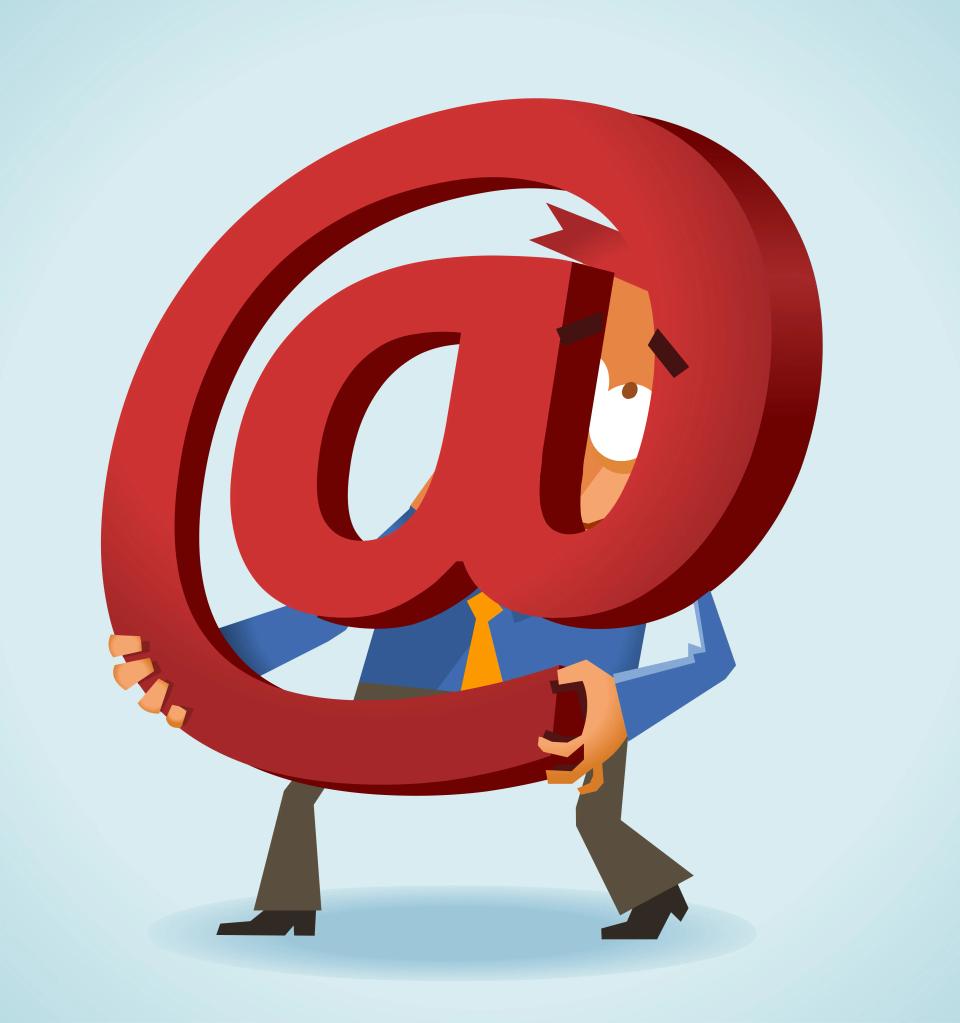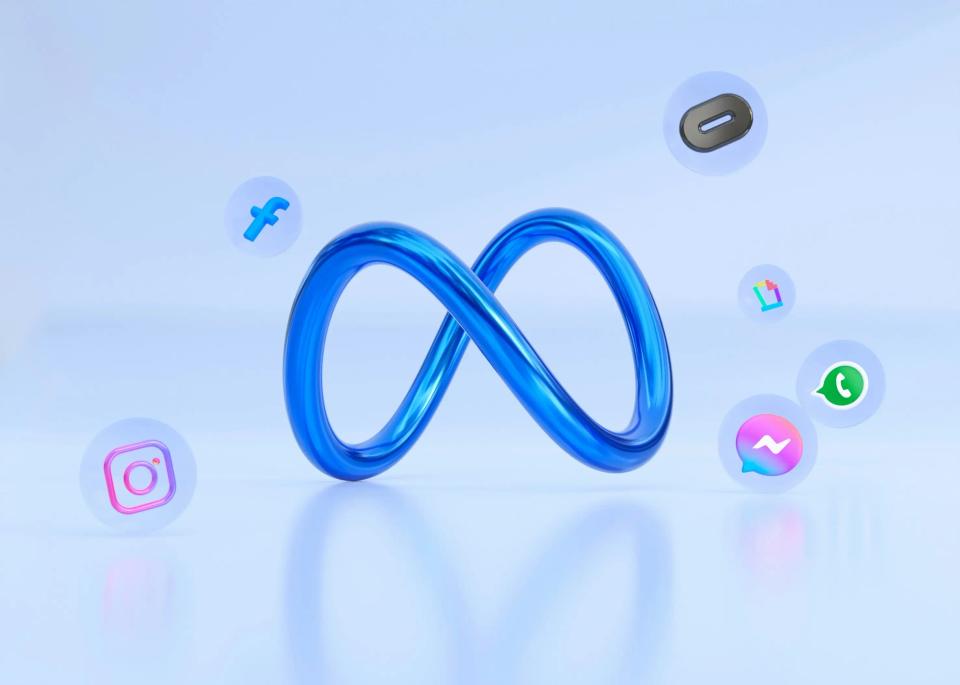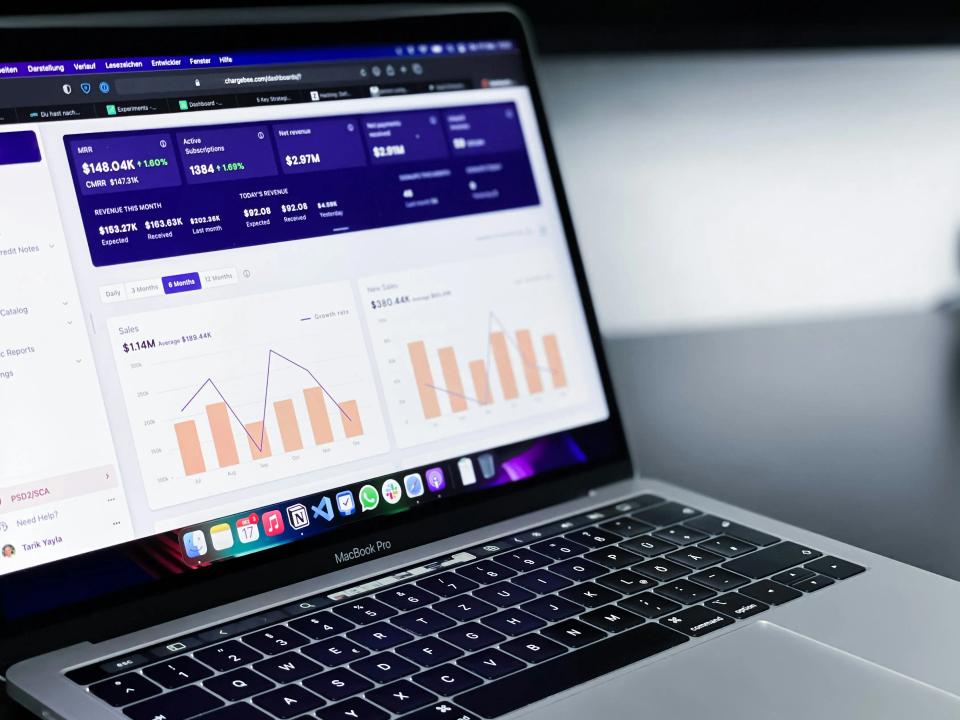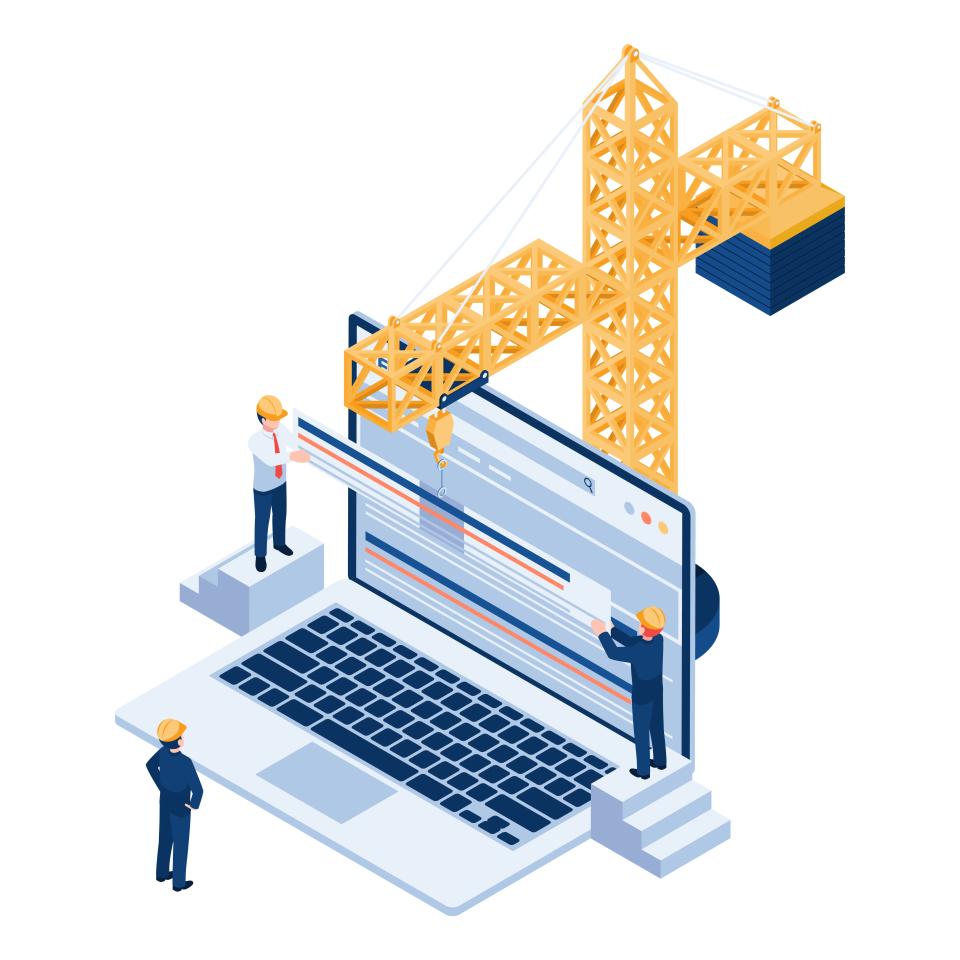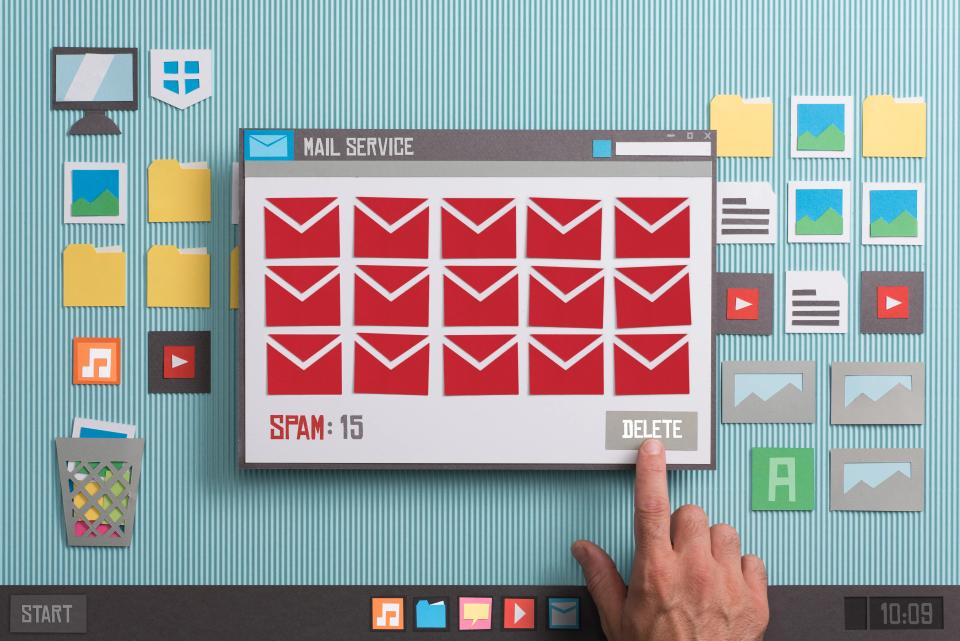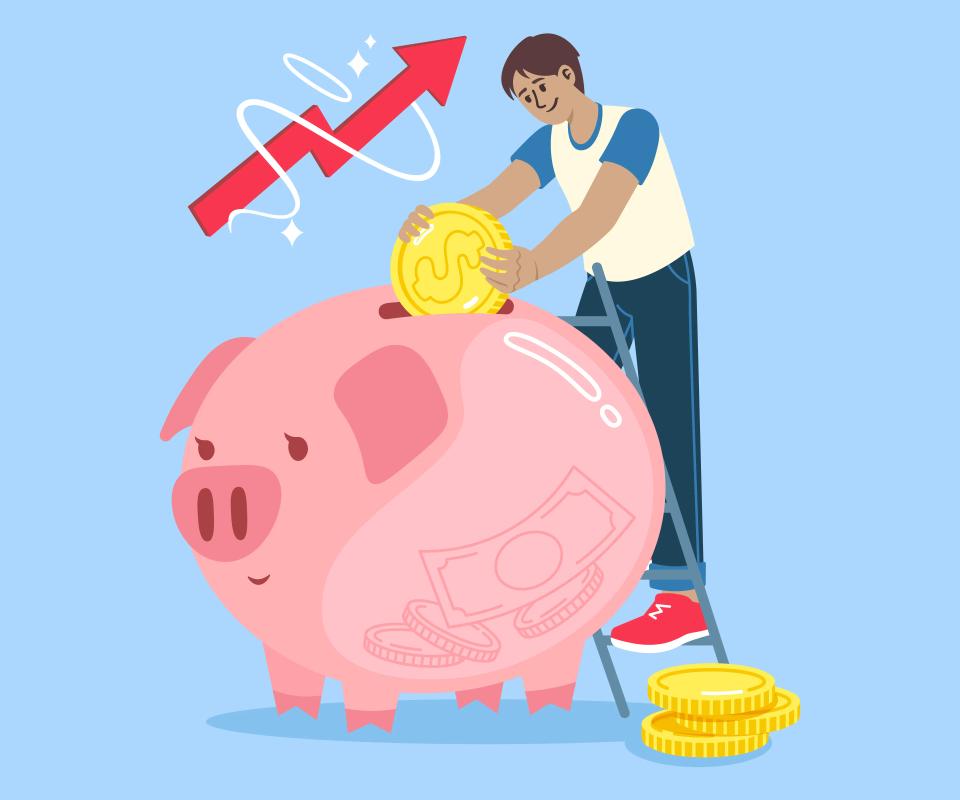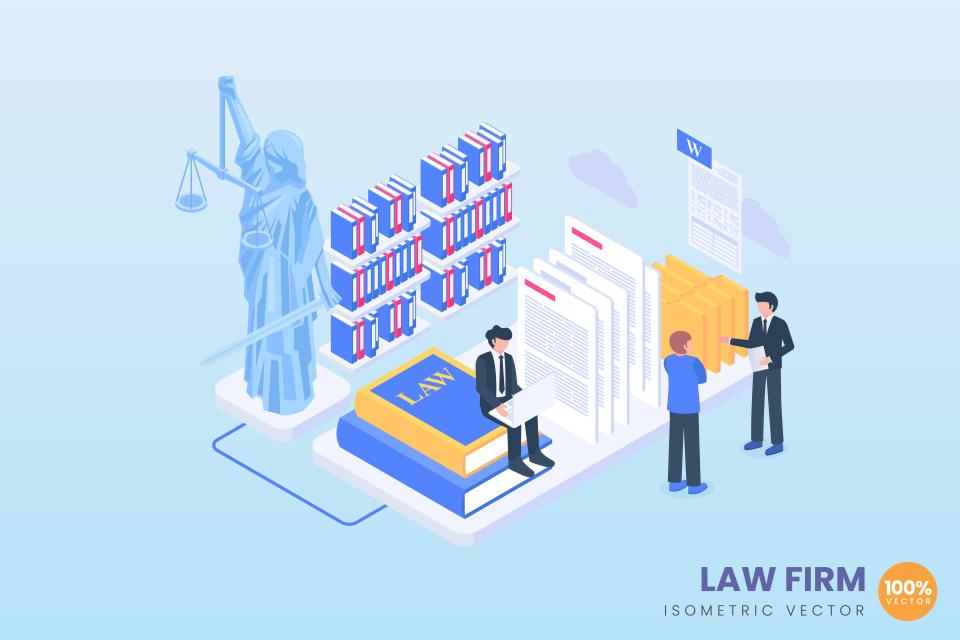Tired of your emails vanishing into the digital abyss? Do your carefully crafted messages get ignored, lost in a sea of inbox noise? You spend hours, maybe days, segmenting lists and writing copy, only to see dismal open rates and even worse click-throughs. It’s frustrating, isn't it? You know your product or service is a game-changer, but if your emails aren't connecting, you're leaving money on the table.
The brutal truth? Traditional email marketing is gasping for air. Generic blasts and one-size-fits-all approaches just don’t cut it anymore. Your audience craves relevance, personalization, and value – and they want it now. But how can you possibly deliver that at scale without burning yourself out or breaking the bank?
Imagine a world where your emails practically write themselves, hitting the right inbox at the perfect moment with a message so tailored it feels like a one-on-one conversation. This isn't science fiction; it's the power of AI automation. In this guide, you'll discover how AI can revolutionize your email marketing, transforming it from a time-draining chore into a high-performing, revenue-generating machine. At CaptivateClick, we believe that strategically adopting new technology is fundamental to building better brands and driving unstoppable growth – and AI in email is a prime example.
Why AI is No Longer a "Nice-to-Have" but a "Must-Have" for Email Marketing
Let's be honest. The old ways of email marketing are holding you back. You’re fighting an uphill battle against shrinking attention spans and increasingly sophisticated spam filters. If you're still relying solely on manual efforts, you're likely feeling the pain.
The Limitations of Traditional Email Marketing
Remember the days of painstakingly dividing your email list based on a few demographic data points? That manual segmentation was a nightmare, wasn't it? It often led to broad categories that still felt impersonal. Then came the generic messaging, the email equivalent of shouting into a crowded room and hoping someone listens.
You’d cross your fingers, guessing the best send times and frequency, often leading to either inbox irrelevance or subscriber fatigue. And trying to scale these manual efforts? Forget about it. It’s a recipe for burnout and diminishing returns, a constant struggle to keep up, let alone get ahead.
The AI Advantage: Key Benefits for Your Campaigns
But what if you could change all that? What if you had a tireless, intelligent assistant working 24/7 to make your email campaigns smarter, sharper, and more successful? That's the AI advantage. It’s about working smarter, not just harder, to achieve results that once seemed impossible.
AI enables hyper-personalization at scale, delivering unique experiences to each subscriber. Forrester highlights how generative AI can analyze behavioral signals to tailor real-time messaging, moving beyond static segments. Imagine sending emails that feel individually crafted, even to thousands. Then there's predictive send time optimization; AI, like Adobe's Journey Optimizer, can analyze when each subscriber is most likely to engage, potentially improving open rates by 20-30%. This leads directly to enhanced engagement and conversion rates, meaning more opens, more clicks, and more of the actions you desire.
Furthermore, AI powers automated lead nurturing and scoring. Tools can identify and prioritize high-potential leads efficiently, with some companies reporting 50% faster sales cycles and 30% higher conversion rates using AI scoring. This all translates to improved ROI and efficiency, saving precious time and resources while maximizing your campaign's impact. Finally, AI provides data-driven insights, offering a deeper understanding of audience behavior for continuous, relentless improvement.
Step-by-Step: Integrating AI into Your Email Marketing Strategy
Ready to unleash the power of AI? It’s not about flipping a switch; it’s about a strategic integration that aligns with your business goals. Follow these steps, and you'll be on your way to smarter, more effective email marketing that truly connects and converts.
Step 1: Define Clear Objectives & KPIs
What do you really want your emails to achieve? Before you dive into the tech, get crystal clear on your goals. Are you aiming to skyrocket open rates by 25%, dramatically improve the quality of leads passed to sales, or boost conversion rates from email campaigns by a specific percentage?
Without clear targets, you're shooting in the dark. Define how you'll measure success. These Key Performance Indicators (KPIs) will be your compass, guiding your AI strategy and proving its worth.
Step 2: Leverage AI for Advanced Audience Segmentation
Forget basic demographic splits. AI takes segmentation to a whole new universe. Imagine segmenting your audience not just by age or location, but by their actual behavior, detailed purchase history, real-time engagement levels, and even predictive analytics that anticipate their next move. Maropost highlights how AI can use natural language processing to create segments based on complex queries, like "users who abandoned carts last week."
AI allows you to create dynamic segments that update automatically. This means your lists are always fresh, always relevant, ensuring the right message reaches the right person without constant manual intervention. This level of precision means your emails resonate deeply, making subscribers feel understood and valued.
Step 3: AI-Powered Content Creation & Personalization
Now for the magic: crafting content that captivates. AI isn't just about who you send to, but what you send. It’s your secret weapon for creating emails that demand to be opened and acted upon.
Subject Line Optimization
Your subject line is your first impression – make it count! AI tools, like those mentioned by HyperWrite, can predict subject line performance and suggest compelling improvements, often analyzing industry trends to avoid tired phrases. This means more opens, pure and simple.
Personalized Body Copy
Generic copy is dead. AI can help generate or suggest content variations tailored to individual preferences and past interactions. As Salesforce points out, AI tools like Einstein GPT can draft personalized email copy and dynamic product recommendations, making each email feel uniquely relevant.
Dynamic Content Blocks
Imagine an email that changes its content based on who's reading it. AI can populate emails with relevant offers, articles, or product recommendations based on individual user profiles. This ensures every subscriber sees what's most valuable to them.
AI-Generated Email Copy (with human oversight)
Need a starting point? AI can draft initial email versions, saving you hours of brainstorming. Remember, human oversight is key to ensure brand voice and emotional connection remain authentic.
Step 4: Implement AI for Optimal Send Times & Frequency
When is the absolute best time to hit "send"? Stop guessing. AI analyzes individual user habits, learning when each subscriber is most active and likely to open your emails. Adobe’s Journey Optimizer, for instance, uses historical data to create a "heat map" of engagement probabilities for each user.
This isn't just about hitting peak open windows; it's also about preventing email fatigue. AI helps optimize send frequency, ensuring you stay top-of-mind without overwhelming your audience and risking unsubscribes. The result? Happier subscribers and higher engagement.
Step 5: Automate A/B Testing and Campaign Optimization with AI
A/B testing used to be a slow, methodical process. Test one subject line, wait. Test one call-to-action, wait. With AI, you can supercharge this process. AI platforms, such as those described by BenchmarkEmail, can test multiple variables simultaneously using advanced algorithms, like subject lines, CTAs, content layouts, and send times, all at once.
This isn't just faster; it's smarter. AI offers continuous learning and makes automatic adjustments, shifting traffic to winning variations in real-time. This means your campaigns are constantly evolving and improving, driving towards peak performance without constant manual tweaking. BenchmarkEmail suggests this can improve conversion rates 2-3x faster than manual testing.
Step 6: Utilize AI for Intelligent Lead Scoring and Nurturing Flows
Not all leads are created equal. How do you know which ones are ready to buy and which ones need more nurturing? AI takes the guesswork out of lead scoring by analyzing a multitude of signals – engagement with emails, website activity, demographic data, and even conversational cues from chatbots, as Lindy.ai's technology demonstrates by using conversational AI to score leads.
Once leads are scored, AI can trigger automated, personalized nurture sequences. Imagine a "hot lead" automatically receiving a targeted offer, while a "warm lead" gets a series of educational emails. This intelligent automation ensures no lead falls through the cracks and that your sales team focuses on the most promising prospects. This directly supports CaptivateClick's expertise in strategic Lead Generation and effective Email Outreach services, ensuring your pipeline is always full of qualified opportunities.
Step 7: Choose the Right AI Email Marketing Tools
The market is buzzing with AI email tools, but which one is right for you? You'll find email marketing platforms with built-in AI features, standalone AI tools that integrate with your existing Email Service Provider (ESP), and specialized AI writing assistants like HubSpot's AI Email Generator that can produce email drafts in seconds.
When choosing, consider key factors: What specific features do you need? How well does it integrate with your CRM and other marketing tools? Is it user-friendly? What's your budget, and can the tool scale with your business growth? Don't just chase shiny objects; select tools that solve your specific challenges and align with your overall strategy.
Step 8: Integrate, Test, and Launch Your AI-Powered Campaigns
You've chosen your tools and defined your strategy. Now it's time to bring it all together. Proper integration is crucial – your AI tools need to seamlessly communicate with your CRM and other marketing platforms to access the rich data that fuels personalization and automation.
Before you go live to your entire list, conduct small-scale tests. This allows you to iron out any kinks, validate your AI's predictions, and ensure everything is working as expected. A phased rollout minimizes risk and maximizes your chances of a successful launch.
Step 9: Monitor Performance and Iterate with AI Insights
AI isn't a "set it and forget it" solution. It's a powerful engine that provides a constant stream of data and insights. Your job is to monitor performance, analyze the results, and use those AI-driven insights to continuously refine your strategy.
Regularly review AI-generated analytics and reports. Are your open rates improving? Are conversion rates hitting your targets? Where are the opportunities for further optimization? This iterative process of monitoring, learning, and adjusting is key to long-term success with AI email marketing.
Best Practices for Success with AI Email Automation
Unlocking the full potential of AI in your email marketing isn't just about flipping a switch; it's about smart strategy and mindful execution. You want results, not robotic interactions. Here’s how to ensure your AI-powered campaigns truly shine and deliver the security and approval your brand deserves.
Prioritize Data Quality and Hygiene
Garbage in, garbage out. AI is incredibly powerful, but it’s only as good as the data it’s fed. Ensure your contact lists are clean, up-to-date, and accurately segmented. Regularly purge inactive subscribers and correct data errors to give your AI the best possible foundation to work its magic.
Maintain a Human Touch
AI is your assistant, not your replacement. While automation handles the heavy lifting, human strategy, creativity, and empathy remain irreplaceable. Forrester’s B2B Personalization Maturity model emphasizes that top performers unify data and use AI but also value human creativity to avoid stagnant messaging. Use AI to enhance, not eliminate, the personal connection with your audience.
Ethical AI: Be Transparent and Respect Privacy
Trust is paramount. Be transparent about how you're using data and AI. Comply with regulations like GDPR and CCPA, ensuring you have explicit consent for data collection and marketing communications. As Mailjet highlights, implied consent for transactional emails doesn't cover marketing, necessitating clear opt-ins and privacy policies. Ethical AI practices build trust and enhance your brand's reputation.
Start Small and Scale Gradually
Don't try to boil the ocean. Implementing AI can feel overwhelming if you attempt everything at once. Start with one or two key areas, like subject line optimization or basic send-time automation. Master those, demonstrate ROI, and then gradually scale your AI initiatives across more complex functionalities.
Continuous Learning
The world of AI is evolving at lightning speed. Stay curious and commit to continuous learning. Keep up-to-date on the latest AI advancements, tools, and best practices in email marketing. This proactive approach will ensure your strategies remain cutting-edge and effective.
Potential Pitfalls to Avoid When Implementing AI in Email Marketing
Venturing into AI email marketing is exciting, but like any powerful tool, it comes with potential traps. Being aware of these pitfalls can save you headaches, protect your brand reputation, and ensure your investment in AI truly pays off. Don't let these common mistakes derail your journey to smarter campaigns.
One major pitfall is an over-reliance on automation without a clear strategy. AI can do amazing things, but it needs direction. Without well-defined goals and a roadmap, your automated campaigns might run efficiently but achieve very little, becoming a sophisticated way to miss the mark.
Another common issue is ignoring the learning curve and the need for human oversight. AI tools require setup, training, and ongoing monitoring. Salesforce stresses balancing automation with human oversight to avoid tone-deaf messaging. Expect an initial investment of time to understand the tools and interpret their outputs effectively.
Choosing the wrong tools for your specific needs can also lead to frustration and wasted resources. Not all AI solutions are created equal, and what works for one business might be a poor fit for another. Thoroughly research and select tools that align with your budget, technical capabilities, and marketing objectives.
Data privacy missteps can have severe consequences, including hefty fines and irreparable damage to your brand's trust. Always prioritize ethical data handling and ensure full compliance with privacy regulations. Forrester explicitly warns against "creepy" personalization, emphasizing transparency to maintain trust.
Finally, be wary of creating "creepy" or overly intrusive personalization. While AI enables deep personalization, there's a fine line between relevant and invasive. Strive for helpful, timely messages, not communications that make subscribers feel like they're being watched too closely.
The Future is Smart: Embrace AI for Your Email Marketing Success
The verdict is in: AI is not just a fleeting trend; it's the engine driving the future of email marketing. It’s your key to unlocking unprecedented levels of personalization, efficiency, and ultimately, results that can transform your business. The power to connect with your audience on a deeper, more meaningful level is now within your grasp.
Recap: The Transformative Power of AI
We've journeyed through the landscape of AI in email marketing, from understanding its undeniable advantages over traditional methods to a step-by-step guide for integration. AI empowers you to deliver hyper-personalized experiences, optimize send times for maximum impact, automate A/B testing for continuous improvement, and intelligently nurture leads towards conversion. It’s about making every email count, every time.
Final Encouragement: Stay Competitive, Achieve More
In today's hyper-competitive digital world, standing still is falling behind. Embracing AI for your email marketing isn't just about keeping up; it's about leaping ahead. It’s your ticket to achieving better engagement, stronger customer relationships, and a healthier bottom line. The tools and strategies are here – the only question is, are you ready to use them?


